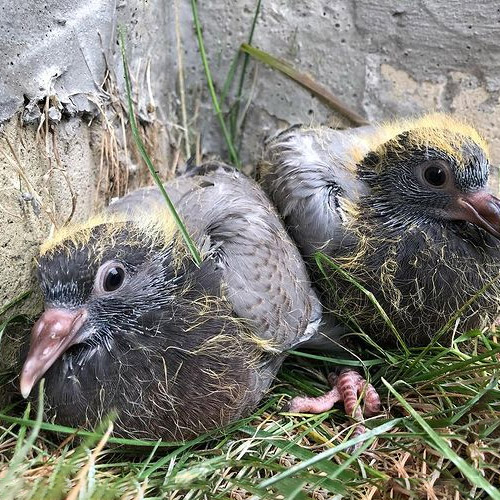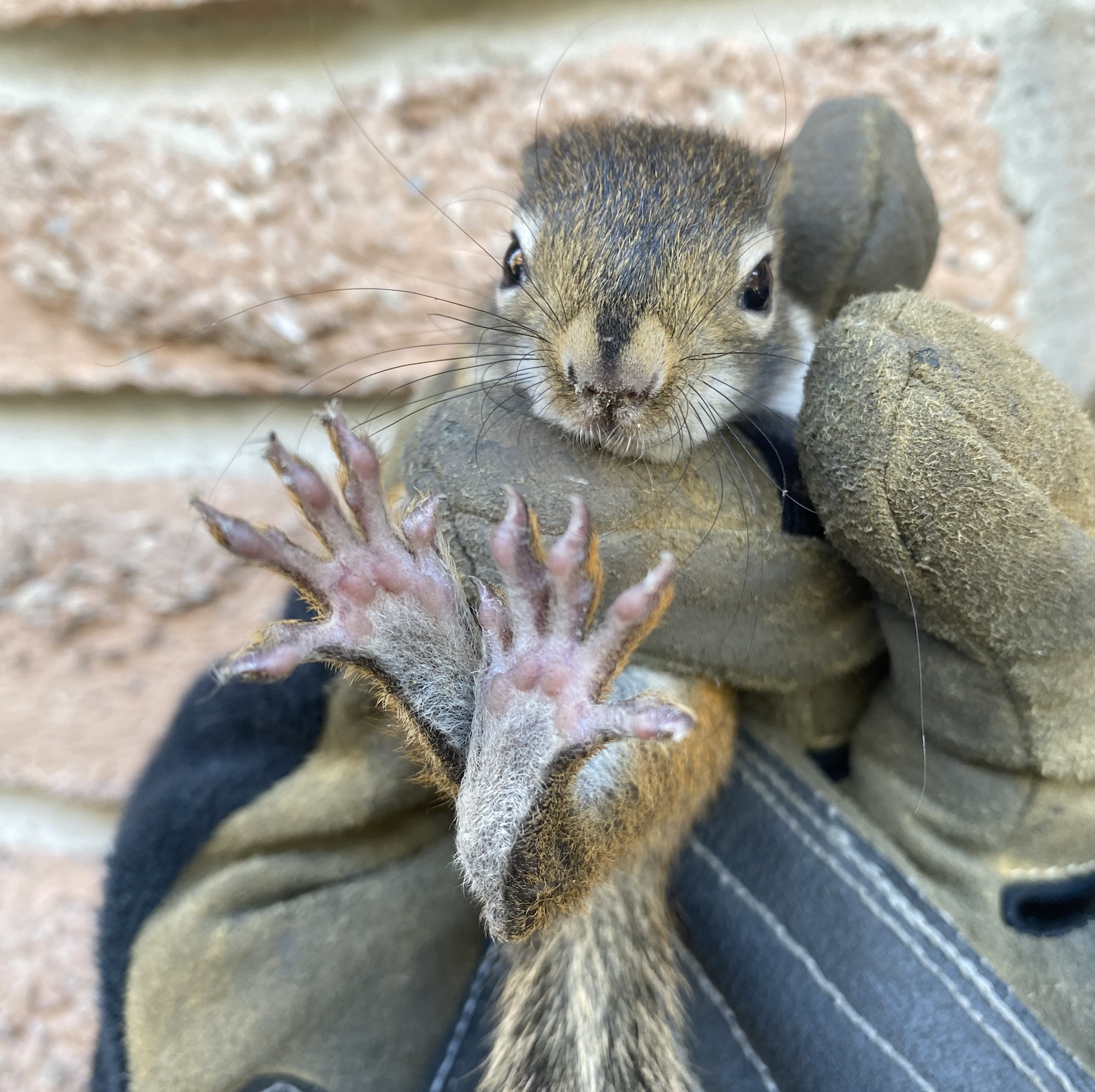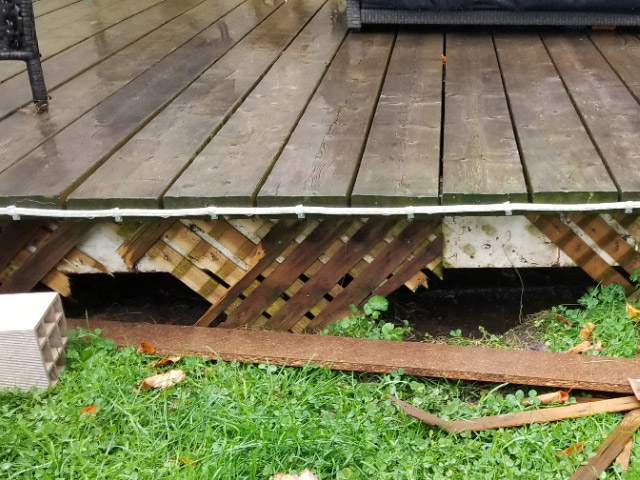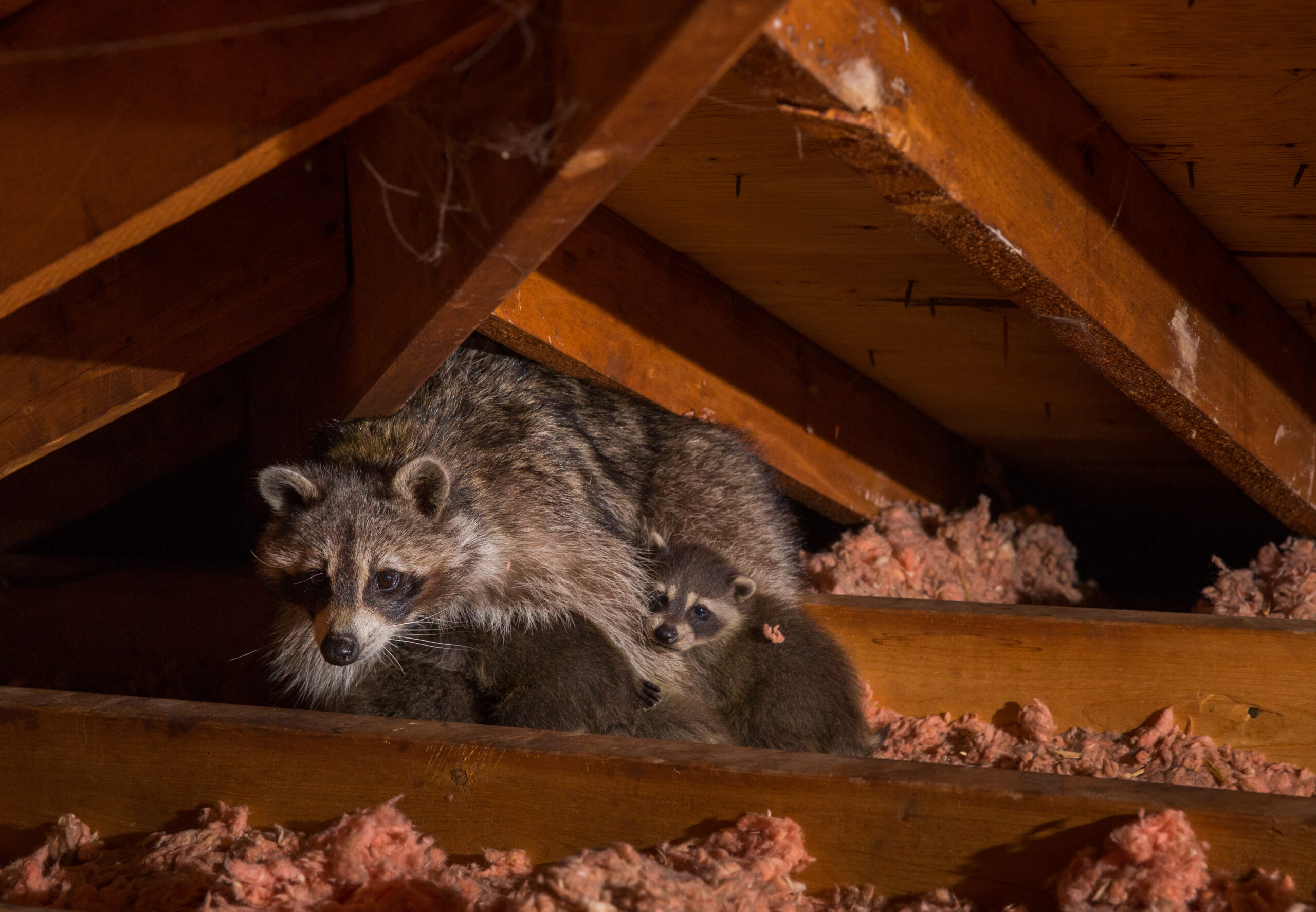
Winter Bird Feeding Mistakes That Attract the Wrong Visitors
Common mistakes include leaving too much food out, dirty feeders, spilled seeds, and placing feeders too close to the house. Winter is a season when local wildlife adjusts their behaviour. Many mammals, reptiles, and even certain insects go into hibernation, which means food becomes scarce for a lot of species.








